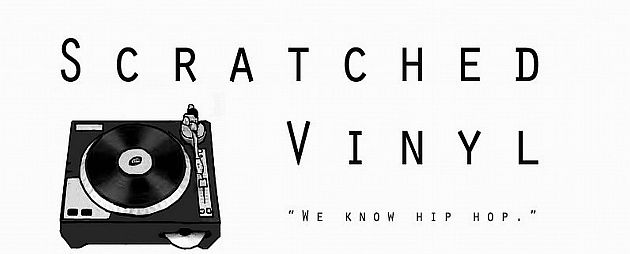Bill Brewster & Frank Broughton - The Record Players: DJ Revolutionaries
Written by Chi Chi Thalken on June 3, 2011Bill Brewster and Frank Boughton made a splash a few years ago with Last Night a DJ Saved My Life: The History of the Disc Jockey. It wasn’t perfect, but it did attempt to outline a comprehensive history of the deejay. It still stands as the only real reference for dance music history. The Record Players serves as something of a companion piece, giving us an oral history, publishing over four hundred pages of interviews. There are plenty of unique perspectives presented here, with much insight to be gained. You’ll learn how different scenes developed and influenced each other, whether it’s Chicago and Detroit with house and garage, or how the dance scene of Ibiza influenced London.
My biggest problem with this collection, and it’s the same problem I had with their first book, is how heavily they skew towards European dance artists. They mention in the forward that they had a hard time tracking down reggae deejays, but it doesn’t seem like they made that much of an effort to cover hip hop, either. They talk to the big three (Kool Herc, Afrika Bamabata, and Grandmaster Flash) and DJ Shadow, and that’s it. In the forward there’s promise made for a second installment, and I hope they use the opportunity to close this gap, because I’d love to see how the perspective of such artists as Z-Trip, Cut Chemist, DJ Babu, DJ Rhettmatic, Rob Swift, DJ Abilities, Kid Koala, DJ Premier, Fakts One, and others would add to historicizing deejay culture.
My other major qualm with this book comes in the forward, where Brewster and Broughton explain the absence of women in their collection of interviews by stating that history dictated this. My question to them is, “Then why am I looking at a picture of Spinderella as I type this review?” They were certainly around when Tara Rogers put together Pink Noises. It’s a weak excuse, and one I hope they correct it in volume two.
My final criticism of The Record Players is Brewster and Broughton’s interview style, which presumes readers have pre-existing knowledge of the artists. This is fine when I do have that foundation, but when I’m reading an interview with a deejay I don’t already know, I found myself struggling to catch on to everything that was discussed.
These complaints aside, there is still plenty to like about the book. There are definitely some areas that I learned more about, particularly Ibiza’s dance scene. Differing viewpoints on subject matter like preferred mediums of performance (turntables, digital, etc.), sharing records, and how different musical genres tie together make for an interesting read. There’s a lot that I did take away from this book. I’m just disappointed that it wasn’t as good as it could have been.
| Title: | Bill Brewster & Frank Broughton - The Record Players: DJ Revolutionaries |
|---|---|
| Label: | Grove Press |
| Year: | 2011 |
| Rating: | 5/10 |
